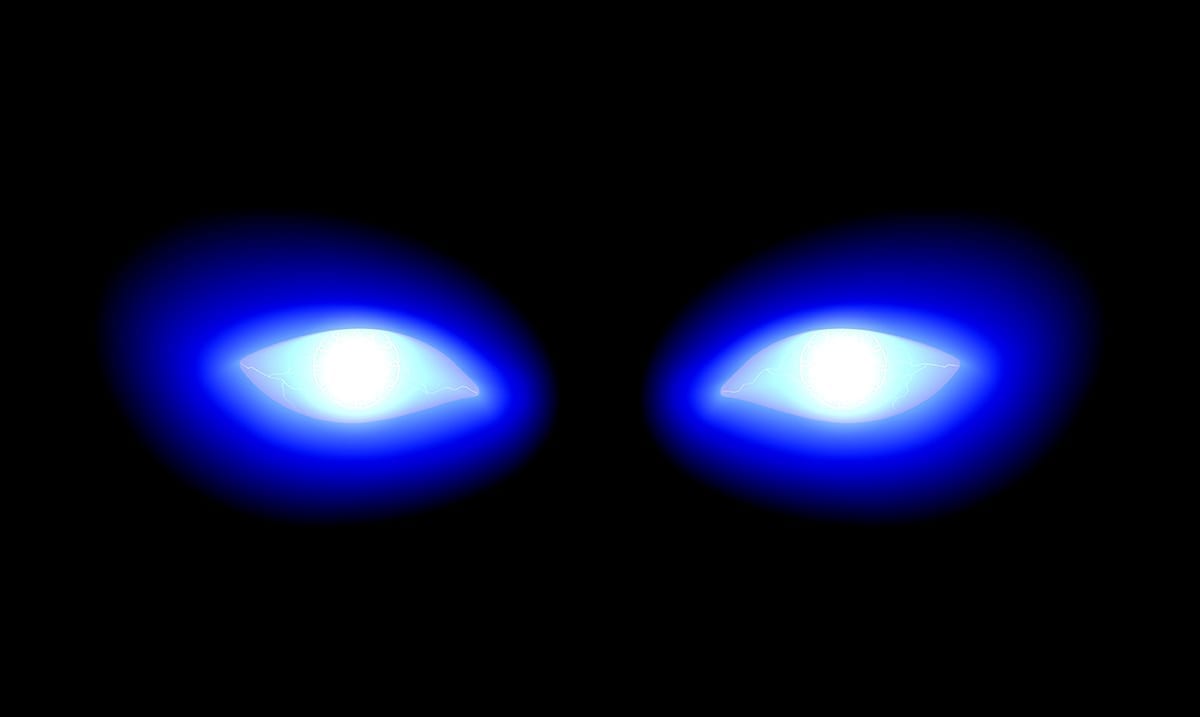The color blue is not one you see often in the natural world, sure the ocean is blue and there are some blue things here and there but overall, the colors we see the most seem to be greens and browns, right? People of ancient times may not have seen things the way we modern folk see them currently.
According to Business Insider, the only ancient culture to actually even develop a word for blue was the Egyptians and that they were also the ‘only culture that had a way to produce a blue dye.’ Before we had a word for it, was blue even a thing we saw? Well, that is a question that a lot of people end up being quite confused about. Sure, it should be visible even if there is no word for it, right?
Well, Business Insider Australia wrote as follows breaking some of this down:
In the Odyssey, Homer famously describes the “wine-dark sea.” But why “wine-dark” and not deep blue or green?
In 1858, a scholar named William Gladstone, who later became the Prime Minister of Great Britain, noticed that this wasn’t the only strange color description. Though the poet spends page after page describing the intricate details of clothing, armor, weaponry, facial features, animals, and more, his references to color are strange. Iron and sheep are violets, honey is green.
So Gladstone decided to count the color references in the book. And while black is mentioned almost 200 times and white around 100, other colors are rare. Red is mentioned fewer than 15 times, and yellow and green fewer than 10. Gladstone started looking at other ancient Greek texts, and noticed the same thing — there was never anything described as “blue.” The word didn’t even exist.
It seemed the Greeks lived in a murky and muddy world, devoid of color, mostly black and white, and metallic, with occasional flashes of red or yellow.
Gladstone thought this was perhaps something unique to the Greeks, but a philologist named Lazarus Geiger followed up on his work and noticed this was true across cultures.
He studied Icelandic sagas, the Koran, ancient Chinese stories, and an ancient Hebrew version of the Bible. Of Hindu Vedic hymns, he wrote: “These hymns, of more than ten thousand lines, are brimming with descriptions of the heavens. Scarcely any subject is evoked more frequently. The sun and reddening dawn’s play of color, day and night, cloud and lightning, the air and ether, all these are unfolded before us, again and again… but there is one thing no one would ever learn from these ancient songs… and that is that the sky is blue.”
There was no blue.
Geiger looked to see when “blue” started to appear in languages and found an odd pattern all over the world.
You see, historically we garnered words for black and white quickly but others came much slower. Red and then yellow and from there green but blue was easily the last to truly be recognized. While we cannot say for sure if ancient people were able to see blue or not because we cannot look through their eyes, some people seem to think they may have been unable to see it as we do in current times.
Business Insider also noted that a researcher named Jules Davidoff worked with a tribe to try and see if those without a word or differentiation for blue itself could see the color and it seemed as though they could not. They saw blue the same as they did green or at least that’s what his research seemed to show. He claims this is because, without a word for it, it is hard for us to notice what makes it unique as a whole.
I guess what this all boils down to is we’re not quite sure but it does seem as though they were unable to see blue. Sure, they may have been able to ‘see’ it but their views of it were not what we have in modern times. To learn more about this take a look at the video below, it is full of information that’s worth being aware of.

